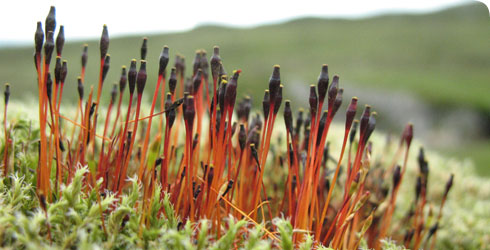Tetraplodon mnioides (Black fruited stink moss)
Tetraplodon mnioides belongs to a family of mosses called the Splachnaceae, or dung mosses.
It is a dung loving species– coprophilous - like many other species in the family. It grows on dung, animal remains, and regurgitated pellets of birds of prey.
The Splachnaceae are unique among seedless plants, because many species in the family - including T. mnioides - rely on insects rather than wind for spore dispersal.
Like flowering plants that use insects to disperse pollen, these mosses display several adaptations to attract flies
- they produce a tall, highly visible sporophyte which produces foul smelling compounds mimicking those of faeces or carrion
- their spores are sticky and adhere to the visiting flies ‘hitching a lift’ to the next suitable substrate.
Species detail
-

Taxonomy
Tetraplodon mnioides has conspicuous spore-producing structures. Find out what else sets it apart from its close relatives.
-

Distribution and habitat
Tetraplodon mnioides is found as far north as the Arctic and as far south as Borneo and South America. Find out more.
-

Biology
Tetraplodon mnioides produces both male and female sex organs on the same plant. Its spores are dispersed by flies attracted to the large smelly spore-containing capsules that project from the moss.
-

Conservation
Tetraplodon mnioides is not threatened, but has disappeared from some parts of the UK. Find out why.
-

References
Get more reference material for Tetraplodon mnioides.
Images
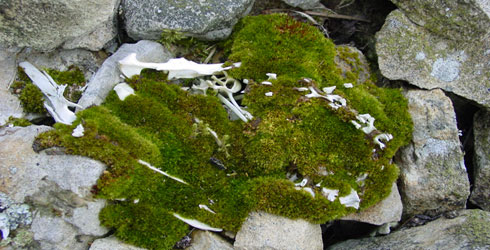
Tetraplodon mnioides growing on rabbit bones.
© J.G. Duckett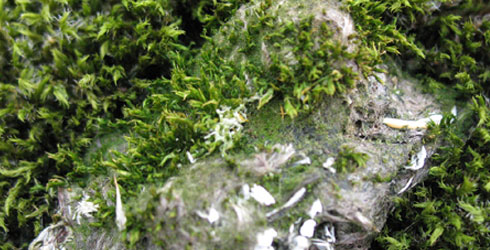
Tetraplodon mnioides beginning to colonize animal scat, possibly fox.
© S. Pressel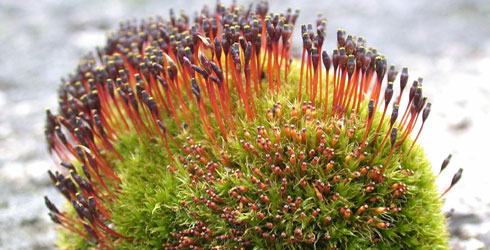
Tetraplodon mnioides growing together with Tetraplodon angustatus.
© G. Rothero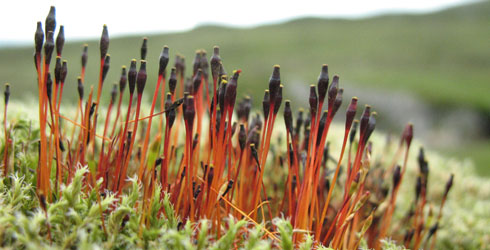
The moss Tetraplodon mnioides in Glen Affric, Scotland.
© S. Pressel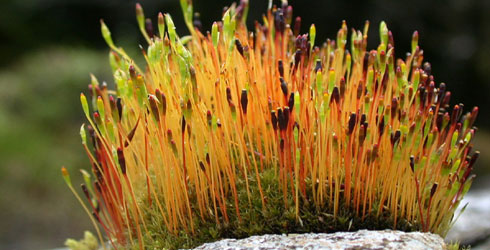
Tetraplodon mnioides with abundant capsules.
© G. Rothero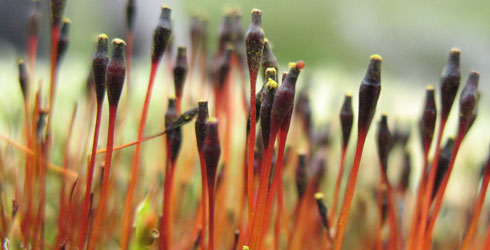
Capsules of the dung moss Tetraplodon mnioides.
© S. PresselAbout the author
Toolbox
Glossary
Sporophyte is a spore producing structure
Setae are bristles or hair-like structures
